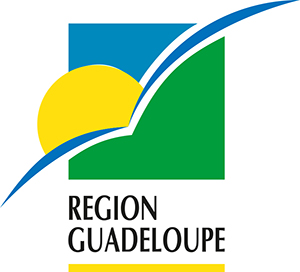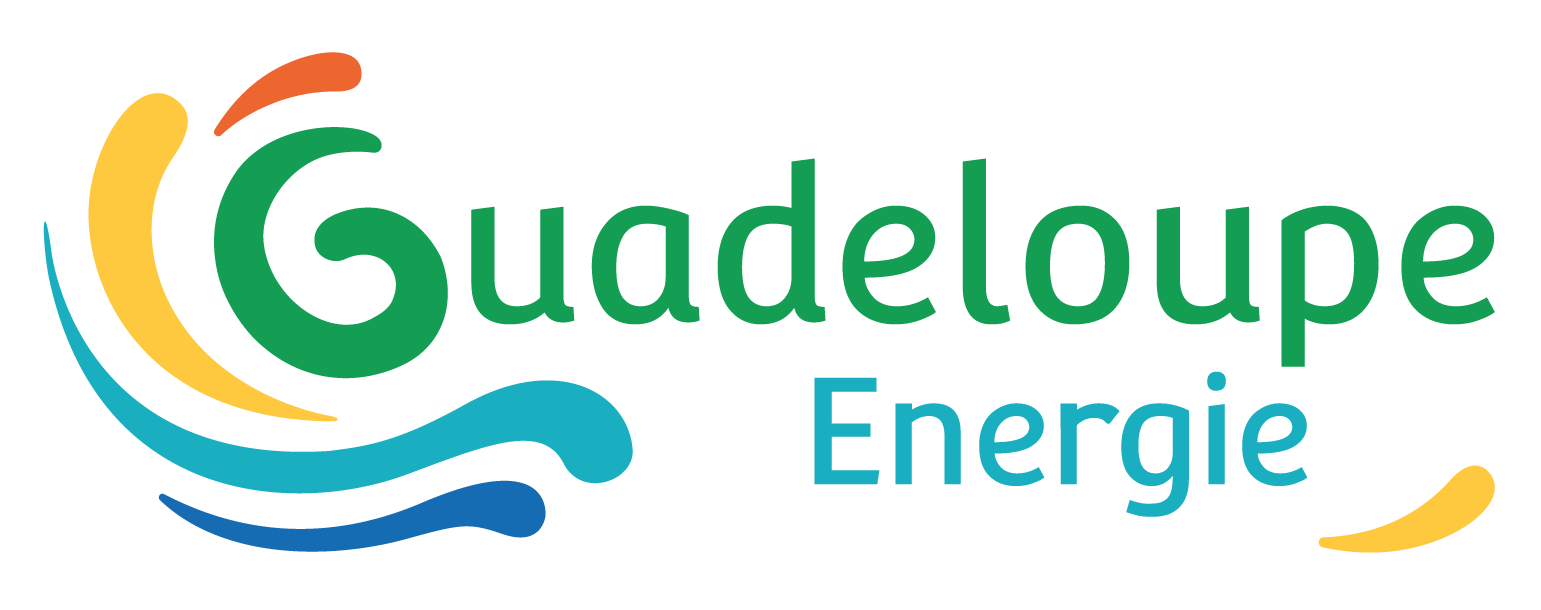The development of biomass energy addresses several strategic challenges for Guadeloupe:
- Promote expansion of all types of renewable energy currently available in Guadeloupe to achieve the PPE objective of energy independence.
- Achieve guaranteed production of a renewable baseload energy, as a complement to variable renewable energy such as solar power and wind power.
- Create jobs by developing locally viable sectors.
- Foster for agricultural development, by transforming biomass into a new revenue stream for producers and for rural areas.
- Position Guadeloupe as an innovator in bio-energy sectors.
The Regional Biomass Energy Plan (SRB)
As part of its energy policy, the regional government examined the potential of biomass energy in Guadeloupe and the prospects for growth in local bioenergy sectors.
An assessment report on biomass on and existing projects carried out by the regional government in 2010 informed the drafting of regional guidance on how to develop biomass energy sectors.
The report’s recommendations focused on three areas:
- Area 1: Promoting energy-autonomous or energy-producing farms favoring local distribution channels.
- Area 2: Supporting the emergence of innovative model projects in Guadeloupe.
- Area 3: Investing in research and development, especially in energy produced from sugarcane cultivation waste products or residues.
Article 203 of the national Energy Transition for Green Growth Act (LTECV) provides for the drafting of a separate biomass development plan.
To meet this requirement, a Regional Biomass Energy Plan (Le Schéma Régional de la Biomasse, SRB) will accompany the revision of the PPE. The regional plan will be drafted according to conditions defined in Decree #2016-1134 of August 19, 2016 and should be finalized in July 2018, and then revised every six years at the same time as the Multi-Year Energy Program (PPE).
This plan will include two parts:
- A report analyzing the current production of biomass and potential growth
- A guidance document including an action plan and performance indicators.
The plan relates to all types of biomass that can be employed for energy production.
Biomass can be categorized by three sources:
- Timber biomass
- Agricultural biomass (e.g., straw from cereal production, liquid manure, energy crops)
- Waste biomass (e.g. food waste, green waste, sawmill residue)
The SRB will take into account existing plans or draft plans that address biomass.
Biomass Potential and Future Growth
Currently, dialogue among the project sponsors has helped identify the potential in Guadeloupe for developing approximately 65 MW of additional energy from biomass by 2023 through multiple projects.
This potential depends in large part on increasing the amount of biomass processed by the thermal power plant in Le Moule, with the goal of producing 43 MW by 2023). How quickly biomass can replace coal will depend on the ability to mobilize resources, preferably local resources.
Because strengthening Guadeloupe’s energy independence is also a priority, local players will focus on the following:
- increasing the value of local biomass by improved organization and more efficient capture of by-products from the sugarcane industry, green waste, timber residues and others, such as through combustion
- setting up new local biomass production chains.
The PPE has set a biomass development objective equivalent to +66 MW of electricity by 2023, most of which (43 MW) will replace coal-fired power at the Le Moule power plant..
DID YOU KNOW?
The Bagasse Premium
Beginning in the 2010 season, the thermal power plant in Le Moule has paid €13 per metric ton for sugarcane bagasse from the Gardel sugar factory. This bagasse premium, legislated by the Decree of 29 October 2009 and the Decree of 20 November 2009, is a new approach to monetize cane production, previously based solely on sugar content. The change to the price of bagasse-generated electricity meant producers were able to add the energy potential of their products to their income.
In Guadeloupe, the bagasse premium is shared between sugarcane producers (who receive 10⁄13) and the industrial processor (who receives 3⁄13). The amount of the baseline premium, set at €13 per metric ton of cane, may vary depending on the fiber content, with more fibrous cane fetching a higher price. After the 2012 season, low fiber content may reduce the baseline premium.







